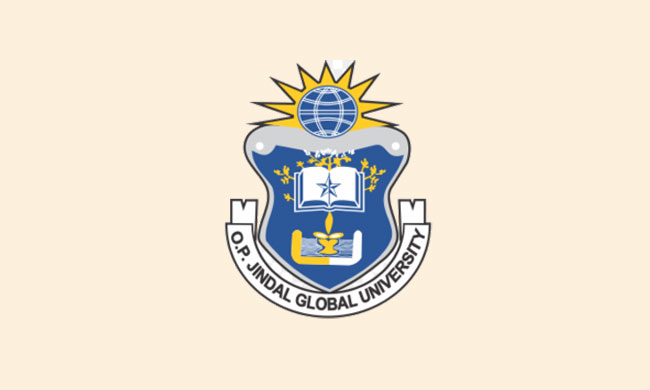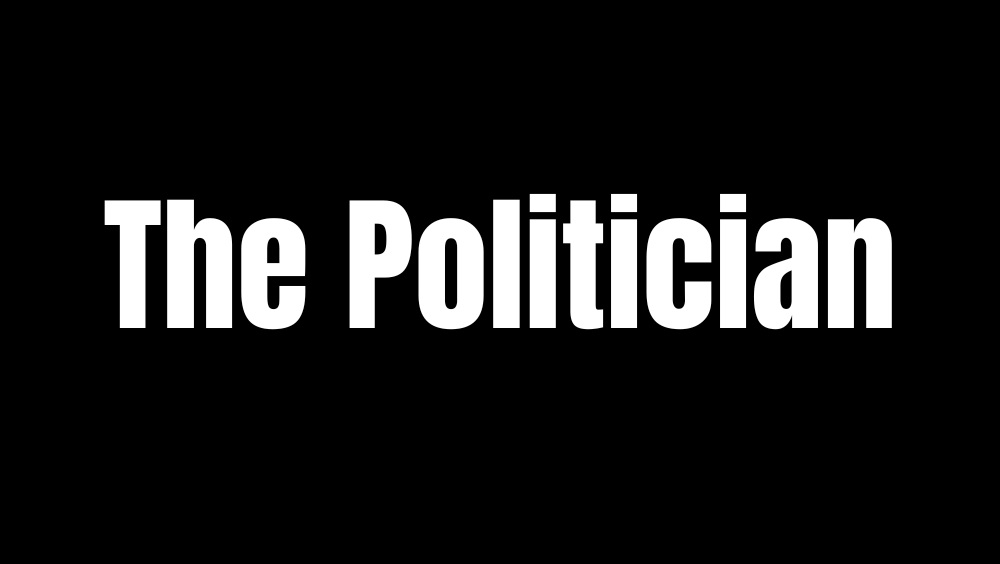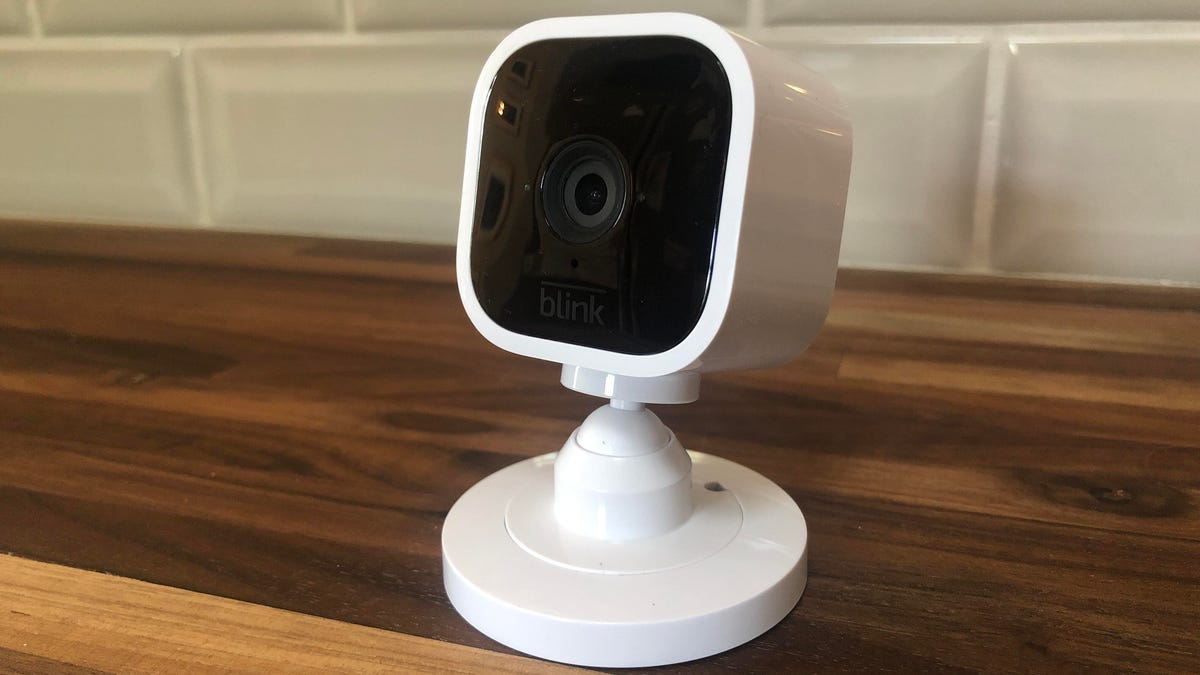In the court of fantasy – how not to read UAPA: Umar Khalid’s father spreads propaganda, plays victim even as he admits Kapil Sibal was trying to bench fix
The Delhi anti-Hindu Riots conspiracy case, in which several are accused including Umar Khalid and Sharjeel Imam, has proven to be one of the most high profile cases of recent years. It has everything – high profile accused, high profile lawyers representing the high profile accused, attempts at bench fixing, hollow rhetoric to exonerate terrorists and a global media twisting facts to suit their insidious narrative. In India, the mainstream media almost in its entirety has, since 2020, has been pushing fantastical tales, seemingly, in an attempt to influence the judicial process, in the favour of the accused. The Indian Express recently carried a column by S.Q.R. Ilyas titled “India needs a people’s movement against UAPA”. Supreme Court benches change like musical chairs, accused prove innocence at bail, and delay is always the State’s fault – in Ilyas’s imagination, at least. Before we proceed to debunk the misrepresentations made by Ilyas in his Indian Express article, it becomes important to do a cursory audit of his antecedents. Syed Qasim Rasool Ilyas is a former member of the banned Islamic Terrorist organization, SIMI. He had left it in 1985. In the year 2019, he also contested the Lok Sabha Elections from West Bengal on a ticket from the Welfare Party of India (WPI) from the Jangipur constituency, a Muslim-dominated seat in the Murshidabad district. The former SIMI member is now a member of the Central Advisory Council of Jamaat-e-Islami Hind and AIMPLB. In 2016, when Umar Khalid was arrested for his seditious speech, Ilyas had questioned whether his son was being prosecuted because of his SIMI past. Speaking to Indian Express (again), he had said, “I left SIMI in 1985, before my son Umar Khalid was born, and when there was not a single case against any individual in SIMI or the organisation. SIMI was banned in 2001″. Apart from the usual victim playing, back then, Ilyas was essentially trying to not only say that Umar Khalid was innocent, but also, claim innocence himself. He hinted that when he was associated with SIMI, there were no criminal cases against them and therefore, he had done nothing wrong. That, however, is far from the truth. First and foremost, no organisation turns into a terror organisation overnight. It was obviously established on extremist ideology – yes, they were prosecuted for it later, but that does not mean that prior to being banned as a terror organisation, they were a saintly charitable organisation. Secondly, in 2012, 11 years after SIMI was banned, SQR Ilyas had vociferously advocated for the ban to be lifted. The conference in 2012 was convened by Ilyas where he proclaimed that government was unjustified in banning SIMI. This would mean that Ilyas, while trying to play the victim and exonerate himself, believed and continues to believe that SIMI was not a terrorist organisation and their activity was justified. Now that we know the who SQY Ilyas is and how he plays victim, it is important to understand how he is trying to whitewash his son, Umar Khalid, who was one of the main conspirators of the Delhi anti-Hindu riots. On the surface, the Indian Express article by Ilyas reads like a plea for liberty. Scratch a little deeper, and it collapses into a political pamphlet, one that bends facts, distorts law, and hides inconvenient truths about his son’s case. If India is to debate the Unlawful Activities (Prevention) Act (UAPA), let it be an honest debate. Ilyas’s column, however, begins with distortions and ends in propaganda. His central lament is that Umar Khalid and others (his cohorts like Sharjeel Imam, who infamously suggested that the Northeast be cut off from India because Muslims are in a majority in the “chicken neck” region) are denied bail despite so called “delays”. But this omits what the Delhi High Court made explicit in co-accused Tasleem Ahmed bail order, in the Delhi riots larger conspiracy case that much of the delay was caused by the accused. The Court recorded how adjournments were being systematically sought, sometimes by those already out on bail, to create artificial delay and then use it as a ground for others still in custody to demand release. In other words, the “delay” was not an accident of the system but a deliberate tactic of defence. To repackage this as “justice denied” is to erase judicial findings and mislead the public. In fact, in the article, Ilyas so much as admits that the delay tactics were caused by the accused – his son and his lawyer Kapil Sibal. He writes: “In normal practice, if a hearing is postponed in the Supreme Court, the case is reassigned to a new bench. Yet, in Khalid’s case, the matter repeatedly appeared before the same judge for six consecutive hearings. Faced with this, his lawyers eventually withdrew the plea, resolving to try their luck again in the lower courts. Since bench allocation is determined by the Chief Justice, it is evident that this repeated assignment was not



The Delhi anti-Hindu Riots conspiracy case, in which several are accused including Umar Khalid and Sharjeel Imam, has proven to be one of the most high profile cases of recent years. It has everything – high profile accused, high profile lawyers representing the high profile accused, attempts at bench fixing, hollow rhetoric to exonerate terrorists and a global media twisting facts to suit their insidious narrative. In India, the mainstream media almost in its entirety has, since 2020, has been pushing fantastical tales, seemingly, in an attempt to influence the judicial process, in the favour of the accused.
The Indian Express recently carried a column by S.Q.R. Ilyas titled “India needs a people’s movement against UAPA”. Supreme Court benches change like musical chairs, accused prove innocence at bail, and delay is always the State’s fault – in Ilyas’s imagination, at least.
Before we proceed to debunk the misrepresentations made by Ilyas in his Indian Express article, it becomes important to do a cursory audit of his antecedents. Syed Qasim Rasool Ilyas is a former member of the banned Islamic Terrorist organization, SIMI. He had left it in 1985. In the year 2019, he also contested the Lok Sabha Elections from West Bengal on a ticket from the Welfare Party of India (WPI) from the Jangipur constituency, a Muslim-dominated seat in the Murshidabad district. The former SIMI member is now a member of the Central Advisory Council of Jamaat-e-Islami Hind and AIMPLB.
In 2016, when Umar Khalid was arrested for his seditious speech, Ilyas had questioned whether his son was being prosecuted because of his SIMI past. Speaking to Indian Express (again), he had said, “I left SIMI in 1985, before my son Umar Khalid was born, and when there was not a single case against any individual in SIMI or the organisation. SIMI was banned in 2001″. Apart from the usual victim playing, back then, Ilyas was essentially trying to not only say that Umar Khalid was innocent, but also, claim innocence himself. He hinted that when he was associated with SIMI, there were no criminal cases against them and therefore, he had done nothing wrong. That, however, is far from the truth. First and foremost, no organisation turns into a terror organisation overnight. It was obviously established on extremist ideology – yes, they were prosecuted for it later, but that does not mean that prior to being banned as a terror organisation, they were a saintly charitable organisation.
Secondly, in 2012, 11 years after SIMI was banned, SQR Ilyas had vociferously advocated for the ban to be lifted. The conference in 2012 was convened by Ilyas where he proclaimed that government was unjustified in banning SIMI. This would mean that Ilyas, while trying to play the victim and exonerate himself, believed and continues to believe that SIMI was not a terrorist organisation and their activity was justified.
Now that we know the who SQY Ilyas is and how he plays victim, it is important to understand how he is trying to whitewash his son, Umar Khalid, who was one of the main conspirators of the Delhi anti-Hindu riots.
On the surface, the Indian Express article by Ilyas reads like a plea for liberty. Scratch a little deeper, and it collapses into a political pamphlet, one that bends facts, distorts law, and hides inconvenient truths about his son’s case.
If India is to debate the Unlawful Activities (Prevention) Act (UAPA), let it be an honest debate. Ilyas’s column, however, begins with distortions and ends in propaganda.
His central lament is that Umar Khalid and others (his cohorts like Sharjeel Imam, who infamously suggested that the Northeast be cut off from India because Muslims are in a majority in the “chicken neck” region) are denied bail despite so called “delays”.
But this omits what the Delhi High Court made explicit in co-accused Tasleem Ahmed bail order, in the Delhi riots larger conspiracy case that much of the delay was caused by the accused. The Court recorded how adjournments were being systematically sought, sometimes by those already out on bail, to create artificial delay and then use it as a ground for others still in custody to demand release. In other words, the “delay” was not an accident of the system but a deliberate tactic of defence. To repackage this as “justice denied” is to erase judicial findings and mislead the public.
In fact, in the article, Ilyas so much as admits that the delay tactics were caused by the accused – his son and his lawyer Kapil Sibal. He writes:
“In normal practice, if a hearing is postponed in the Supreme Court, the case is reassigned to a new bench. Yet, in Khalid’s case, the matter repeatedly appeared before the same judge for six consecutive hearings. Faced with this, his lawyers eventually withdrew the plea, resolving to try their luck again in the lower courts. Since bench allocation is determined by the Chief Justice, it is evident that this repeated assignment was not a coincidence. Now, following the High Court’s latest rejection, the only option once again is to approach the Supreme Court“.
Essentially, Ilyas admitted what OpIndia had reported and the then CJI Justice DY Chandrachud had confirmed. Out of 14 adjournments, 7 were taken by Umar Khalid and his lawyer Kapil Sibal. These adjournments were taken, as reported by OpIndia, because the accused did not want the case heard by Justice Bela Trivedi – a classic case of bench fixing. They even approached the CJI, asking him to hear the case himself. When the CJI show down their attempt at forum shopping, Kapil Sibal withdrew the petition from the Supreme Court, while crying about delay – just as Ilyas does in this oped.
The column further proclaims that “bail is the natural right of every accused”. Stirring rhetoric, but legally wrong.
The principle that “bail is the rule, jail the exception” originates from the words of Justice Krishna Iyer (in 1977) where he laid down a general approach, not an absolute entitlement. Legislatures have consciously raised the threshold for bail in special statutes such as the NDPS Act, PMLA, and UAPA, precisely because they deal with extraordinary crimes. The Supreme Court in case of K.A. Najeeb (2021) recognised that long and unavoidable delays can override UAPA restrictions, but only when the delay is not attributable to the accused. Where the defence itself drags proceedings, as the Delhi High Court found in Tasleem Ahmed, this principle does not apply. To pretend otherwise is to erase decades of settled jurisprudence.
The misrepresentations in Ilyas’s column do not stop there. Perhaps the gravest distortion is the claim that under UAPA, the accused must “prove innocence” at the bail stage, as if a mini-trial were conducted before the real trial. That is simply false. Section 43D(5) of UAPA bars bail if the prosecution’s material shows the accusation is prima facie true. In NIA v. Watali (2019), the Supreme Court made it clear that courts at the bail stage do not conduct elaborate weighing of evidence, cross-examine witnesses, or demand that the accused prove anything. They only check whether the prosecution’s material, taken at face value, supports the charges. The burden of proof does not shift to the accused. To insist otherwise is not a slip of law, it is a calculated distortion designed to recast due process as injustice.
Equally unserious is the caricature of UAPA as a law applied to “minor offences.” The Act is designed to address terrorism, unlawful associations, and threats to sovereignty. Conspiracies and extremist financing produce mountains of evidence. Charge-sheets running into thousands of pages are not “punishment by paperwork” but the natural consequence of complex investigations. If the deeds of conspirators generate massive records, how else can investigators present material except in documentary form? Supplementary charge-sheets too are dismissed in the column as harassment. But new discoveries of evidence must, by law, be placed before court. Should they instead, as Ilyas seems to imply, be ignored simply to give benefit to so-called “poor Muslim” accused facing charges of grave offences? Mocking this as state oppression ignores the reality of terrorism cases, where financial trails, encrypted communications, and multiple actors must be tracked.
Ilyas then invokes history, claiming that TADA and POTA were undone by “people’s movements”. That too is myth-making. TADA (1985–95) lapsed because Parliament declined to renew it after intense debate; POTA (2002–04) was repealed by the incoming UPA government as a political choice. Neither collapsed because of mass protests in the streets. To dress up parliamentary processes as “people’s movements” is historical revisionism, not analysis.
Most striking, however, is the familiar identity card. When faced with scrutiny, Ilyas falls back on the line that his son is being punished for “having a Muslim name”. He has even ignored and dismissed his own SIMI past as irrelevant while insisting that criticism of Umar Khalid amounts to communal branding. But this is selective amnesia: he cannot erase the fact that SIMI was banned precisely for its extremist ideology and anti-national activities. To deny that history while projecting victimhood is to rewrite his own biography in service of a political narrative. This rhetorical shield shifts attention from evidence to identity. But charges are not about names, they are about actions. Multiple charge-sheets in the Delhi riots conspiracy case demonstrate conspiracy, incitement, and terrorism. Those very charge-sheets also highlight a disturbing pattern of forgery, fabrication, organisation, mass violence, and planning of terror. To dismiss them as inventions of the police is not only inaccurate but self-serving, especially when the allegations against his own son include planning and instigation of large-scale killing of innocents.
To reduce such serious allegations to a matter of communal bias trivialises the suffering of riot victims and evades accountability.
And through all of this, the column remains silent about why UAPA exists at all. India faces cross-border terrorism, Maoist insurgencies, and extremist networks with international funding. The subsequent amendments to UAPA were also brought to align India’s counter-terror framework with international obligations under United Nations conventions and recommendations, recognising that terrorism has become a globalised threat. India has suffered repeated terror attacks on its soil, from the 26/11 Mumbai carnage to the Batla House encounter, serial blasts in cities, insurgent strikes, and targeted killings of civilians and security forces, and could hardly afford to remain without a robust legal architecture to respond. Cases like Batla House also exposed the existence of organised radicalisation networks in Indian cities, a pattern disturbingly echoed in the conspiracy alleged in the Delhi riots case. Ordinary criminal laws fall short against such threats. UAPA was designed to plug those gaps.
While a genuine debate would weigh civil liberties against national security, Ilyas erases the latter entirely, reducing the issue to a one-note slogan. That is not scholarly action, it is plainly propaganda.
His article misleads by inventing court practices that do not exist, misstating the law on bail, exaggerating UAPA’s scope, concealing accused-driven delay, fabricating a history of “people’s movements,” and falling back on the tired victimhood narrative of SIMI past and “Muslim name” branding.
India deserves a serious conversation about UAPA: its safeguards, its scope, and its potential for misuse. But that conversation must begin with facts. What we got instead was a polemic, one that starts with distortions and ends in self-serving victimhood.


























































































































